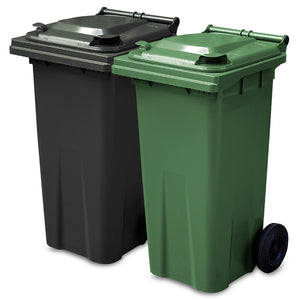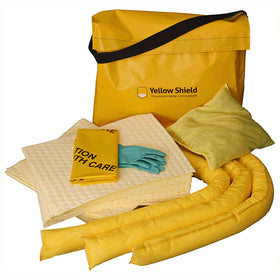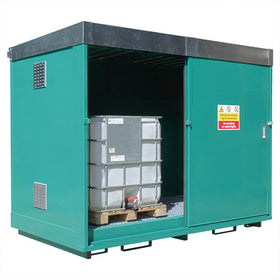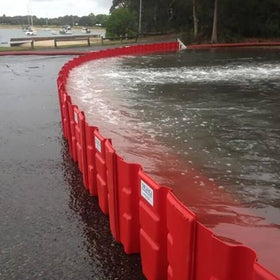Oil from spill in the Gulf of Mexico reaches Florida coastline
Oil in the Gulf of Mexico is expected to reach landfall in Florida today, as BP have just managed to cap the spill from the Deepwater Horizon rig that exploded 11 weeks ago.
The beaches in the north west of Florida are expected to be hardest hit by the sheen of crude that was nine miles off the coast on Wednesday afternoon. BP have just announced that they have capped the spill using a similar method to the failed attempt three weeks ago, when a huge containment dome was lowered over the broken riser pipe.
In response to the looming environmental disaster on Florida’s coastline workers have sited more spill containment booms along the most threatened areas to protect the wildlife. When it reaches the coast, the spill is expected to contain many thousands of tar balls and huge quantities of decayed oil.
Florida’s governor Charlie Crist has stated that:
"The goal is to remove that oil from near shore waters and prevent or minimise any potential impacts on our state,"
And, easy to judge his level of concern. The oil has been spilling from the broken pipe on the seabed for the last eleven weeks, with BP currently facing a bill of around £674 million in estimated clean up costs. It remains to be seen whether the newly sited cap will work.




